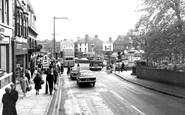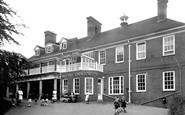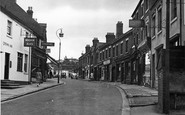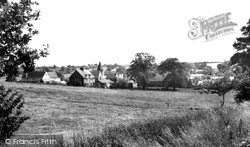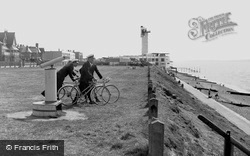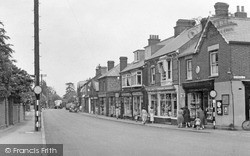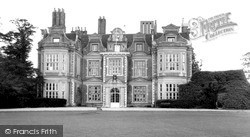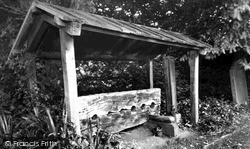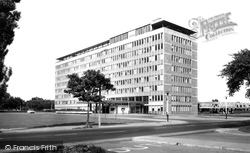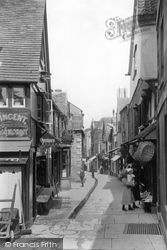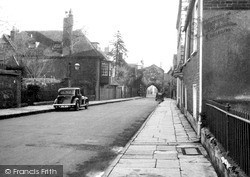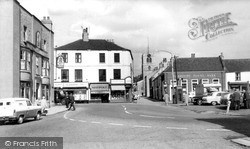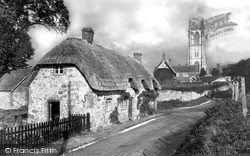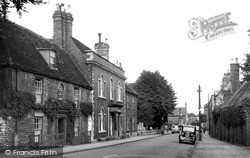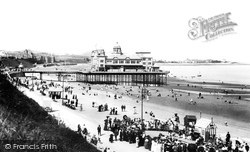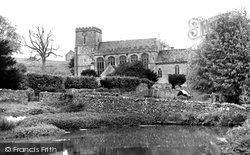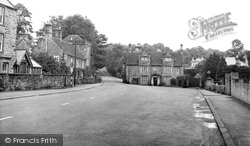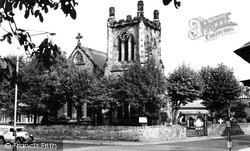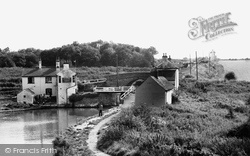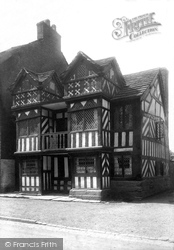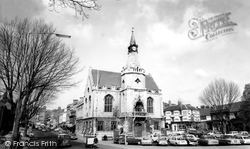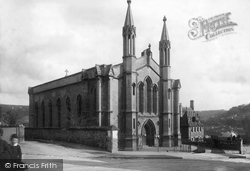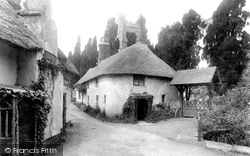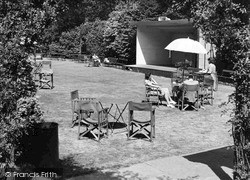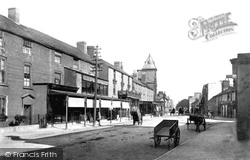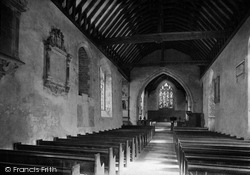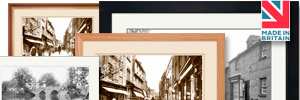Merry Christmas & Happy New Year!
Christmas Deliveries: If you placed an order on or before midday on Friday 19th December for Christmas delivery it was despatched before the Royal Mail or Parcel Force deadline and therefore should be received in time for Christmas. Orders placed after midday on Friday 19th December will be delivered in the New Year.
Please Note: Our offices and factory are now closed until Monday 5th January when we will be pleased to deal with any queries that have arisen during the holiday period.
During the holiday our Gift Cards may still be ordered for any last minute orders and will be sent automatically by email direct to your recipient - see here: Gift Cards
Photos
Sorry, no photos were found that related to your search.
Maps
66 maps found.
Books
Sorry, no books were found that related to your search.
Memories
183 memories found. Showing results 31 to 40.
Wonderful Childhood Memories
I lived in Cannock from 1963 to 1970. We lived on the Longford Estate in Leamington Close, we were the first family to live in that house after it was built. I went to Bridgetown Primary School and started year 1 in ...Read more
A memory of Cannock in 1860 by
Good Childhood In Willesden/Neasden
I was born in Park Royal hospital in Feb 1952 then taken home to 70 Craven Park Road spitting distance from Harlesden police station. Just across the road from our family doctor, (Dr Curtis) not much bedside manor, ...Read more
A memory of Willesden by
Charnwood Forest Children's Convalescent Home, Summer 1950
It was July/August of 1950 when I was sent here from my home town of Hanley, Stoke-on-Trent at the age of eight, to convalesce after a serious post-operative infection. My first ...Read more
A memory of Woodhouse Eaves by
The Allotments Cricketfield Road 1950's
My father would put me on his bycycle crossbar and took us from Elthorne Rd to the allotments via Whitehall Road and Vine Street. Cricketfield Rd was (is?)a dead end. A footpath to the left passed by a nursery ...Read more
A memory of Uxbridge by
Harrogate's Station Square 1960/70's
I see Macfisheries and Lindy's Cafe.There was also a cafe called Chequeres that as a child I was advised by my parents not to use.Standings was on the corner of Station Square and James Street providing that old ...Read more
A memory of Harrogate
How Things Were
I was born in Dale St off Hume Hall Lane. Our neighbours were the Rushtons and the Alan's. I remember, in the early fifties, the milk man with his horse and cart and also the ice cream horse drawn carriage - it had two large ...Read more
A memory of Miles Platting by
Boac Hatton Cross Part 1
I remember Comet House, Speedbird House, and Technical Block A. Later they were linked together by a walkway above ground level. The board room was originally in TBA but when Speedbird House was built it was ...Read more
A memory of Heathrow Airport London
Croydon Advertiser
I worked on the Croydon Advertiser from about 1959 to 1963 and met my wife Frances Dowsett, who was also a reporter there at the office in High Street. We used to lunch most days at Batty's Bar, upstairs in a pub on the corner of ...Read more
A memory of Croydon by
The Crown Inn, Market Street.
On the left of the photo is the Crown. For many years, this was my local. A good combination of beers & ciders, great bar staff (John Ellis, the landlord, Rachel, Carol, Mel, Yvonne & Keith, the last three sadly ...Read more
A memory of Oakengates by
Longley Road, Tooting 1950
Hi. I lived in Longley Road, Tooting opposite the bus station at the Tooting Junction end of Longley Road from 1950. We lived in a flat above Cussons grocery store until the site was bought and demolished by the council, for ...Read more
A memory of Tooting
Captions
145 captions found. Showing results 73 to 96.
The church of St John, centre left, is Norman in origin, but has a later octagonal tower and pyramidal roof. G E Street restored the church in 1860-61.
Lee-on-the-Solent grew as a late-Victorian development.
The brick wall on the left encloses the grounds of Shelton House, the best building in the village, a late 18th- century brick house predating Woburn Sands' arrival; it is now offices.
A later owner, Sir Robert Vyner, notoriously cooked one of his deceased servants, displaying the corpse in an open coffin to visitors - a macabre spectacle that delighted Samuel Pepys, who recorded
The shelter above is of a later date, for miscreants were seldom protected from the vagaries of the English weather.
This is a later photograph, with the futuristic-looking covered car park visible on the right - a car can just be seen there, giving an idea of its scale.
On the right is a late Tudor jettied timber-framed house, and opposite Vincent the Fishmonger's building survives as The Settle Bakehouse, Restaurant and Tea Rooms..
A later view of St Ann's Gate, with motor cars in evidence in the street scene—now, the gate can be used by pedestrians only.
At Thorne the church of St Nicholas has a late 13th-century tower and early 20th-century glass.
Behind it rises the slim tower of St Michael's Church, a late Victorian construction.
Number 18, on the left, was refronted in the 1770s in brick with Venetian windows (with their centre part arched), and a later Greek Doric- style porch added.
A late Victorian guide book noted that 'of the fine climate of Colwyn Bay there can be no doubt. Flowers bloom here until well on towards Christmas, and are out again in some profusion in February'.
This is a late Norman church, which was subsequently augmented during the 14th and 15th centuries by the wealth generated by the local wool trade.
This building is thought to be a late 13th- to early 14th-century hall that was raised to a pele-tower during the 15th century.
The clock on the church tower was a later addition of around 1912.
Behind the trees is the Foxton inclined plane, a late 19th-century engineering feat that lifted loaded barges up the hillside in a cradle. Today it is being renovated.
Besides the smart façade, one can also see the side wall, with enough evidence in the timber work to suggest that once the building was lower, and the attic floors are a later addition.
The clock was a later addition. The building to the right of the Town Hall still carries its advertisements for manure, coal, seeds, etc.
At a later stage its twin turrets became unsafe and were removed. The interesting façade of the hospital beyond was also lost when the Peace Wing was added just after World War I.
To the left is Ketnor, Luccombe Post Office, a late 17th-century house with a good external stack. Ketnor is the name of former owners of the shop, and the name board survives today.
Here we see another restful feature in the Valley Gardens, but this is a later design. The area was originally a croquet lawn, established in 1864.
Lee-on-the-Solent grew as a late-Victorian development.
Only 5 years after photograph No 23331, D G Roberts have expanded: their shopfront is longer and fronted by a mini-arcade, and they now have a first-floor showroom with a plate-glass window.
It is basically a late Norman and early 13th-century building, but it was much changed in the 14th and 15th centuries, including the battlemented west tower; its interior is relatively plain,
Places (1)
Photos (0)
Memories (183)
Books (0)
Maps (66)








